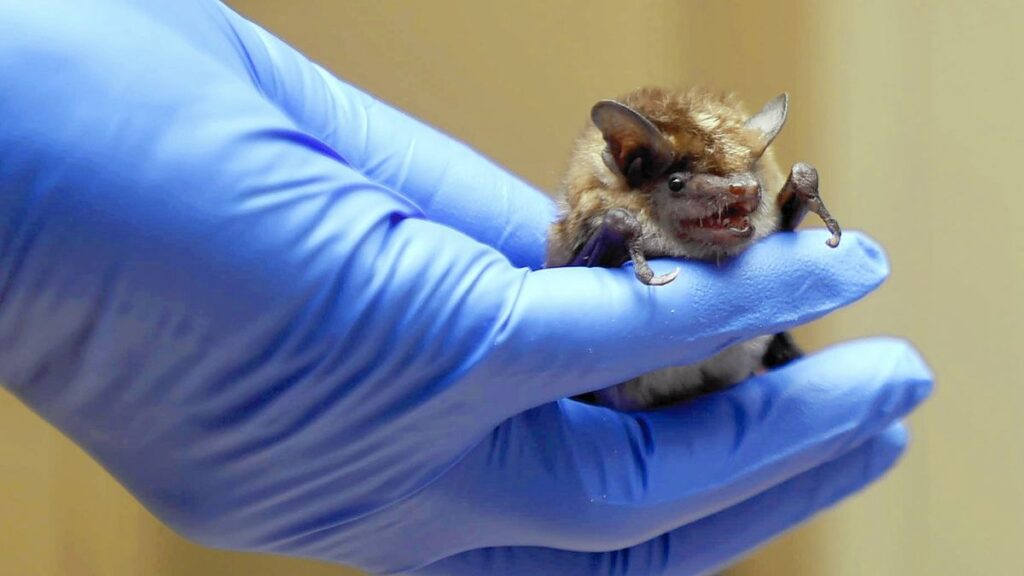Rabies is a real and very serious threat in wildlife and urban environments. And sadly for bats, despite their majestic nature and significant contribution to environmental stability, are carriers of this disease. When you consider the gravity of the consequences of a bat intrusion (including rabies transmission) you’ll recognize the need for expert bat removal services for your Pickering property.
Rabies in Bats – A Cause for Concern
A number of wildlife species, including bats, are known for their propensity to carry and transmit rabies. A 2019 news report indicated that a bat in Pickering tested positive for rabies in what was identified as the first confirmed case since 2017. The information was cited in a declaration from the Regional Municipality of York and it has an impact on Pickering residents especially considering the fact that bats can pass on the disease to other animals.
The Impact of Rabies
Rabies is potentially deadly for domesticated and wildlife animals alike. It is passed on by saliva, bites or scratches from a carrier animal and is known to affect wild animals such as raccoons, foxes, bats, and skunks, but can also affect domesticated animals like cats and dogs. The disease attacks the central nervous system of its victim (warm-blooded animals including human beings). Without prompt and appropriate medical intervention, a rabies infection can be fatal.
If rabies gets transmitted to your pets, it passes easily on to you and the remainder of your family. If you suspect that you or a member of your family has been exposed to rabies, get in touch with a health care professional immediately so that you can get the post-exposure vaccine.

Bats in Human Spaces
Each winter, bats seek refuge from the cold. Consequently, many of them end up in the attics and chimneys of Pickering homes. As winter gives way to spring, you would expect bats to make their departure right? Unfortunately, this is not always the case. Sometimes bats stick around for varying reasons one of which is the presence of offspring. It isn’t unheard of either, for a domestic property to face bat intrusion in the summer as the animals seek refuge from the heat.
Bat in Your Home? What to Do
If a bat (or a colony of bats) has taken up residence in your building, the attic is usually the focal point. It offers warmth in the winter along with safety and as such is a good place to hibernate. A single bat in the main area of the home can be coaxed outside by opening one exit point and patiently waiting. But a single bat inside the home may hint at a colony somewhere in the attic, chimney or walls that will need to be addressed by professionals. Other signs of bat occupation include hearing sounds of the animals bumping into the structures inside the walls or attic. The most obvious sign though is bats flying in and out of the attic.
Expert Bat Removal and Exclusion – Solving Pickering’s Intrusion Problems
Bat removal is not recommended during the winter because it puts bats at risk. During spring and going into summer, bat removal can be carried out as the bats occasionally leave the roost to find food. Pickering residents can rely on the experts at Skedaddle for this and other wildlife control services. Skedaddle offers expert evaluation services to ascertain the level and extent of the intrusion as well as humane removal strategies. After complete removal and clearing are complete you are advised to capitalize on Skedaddle’s protect and prevent service, which entails the installation of bat exclusion strategies such as one-way doors.



